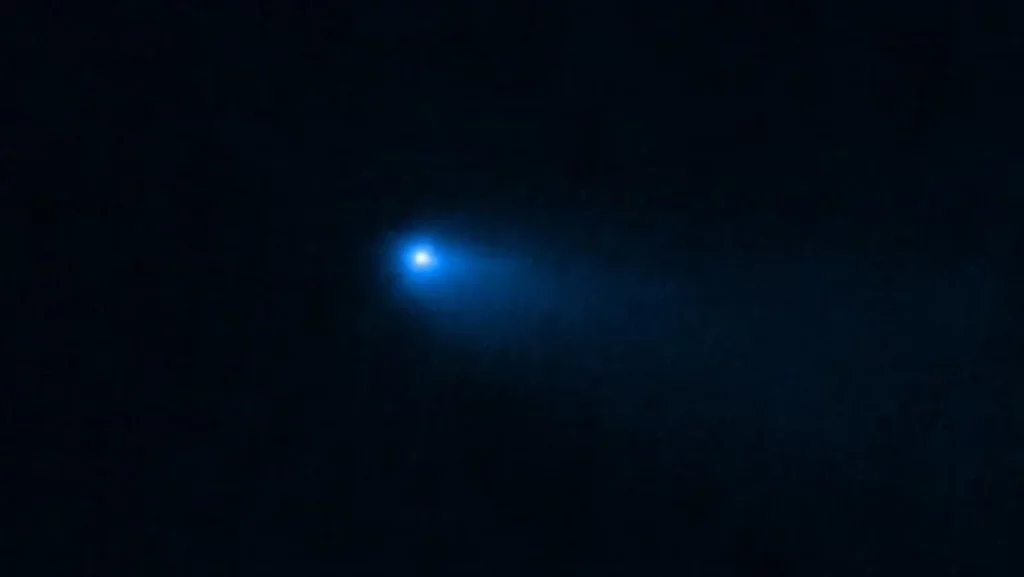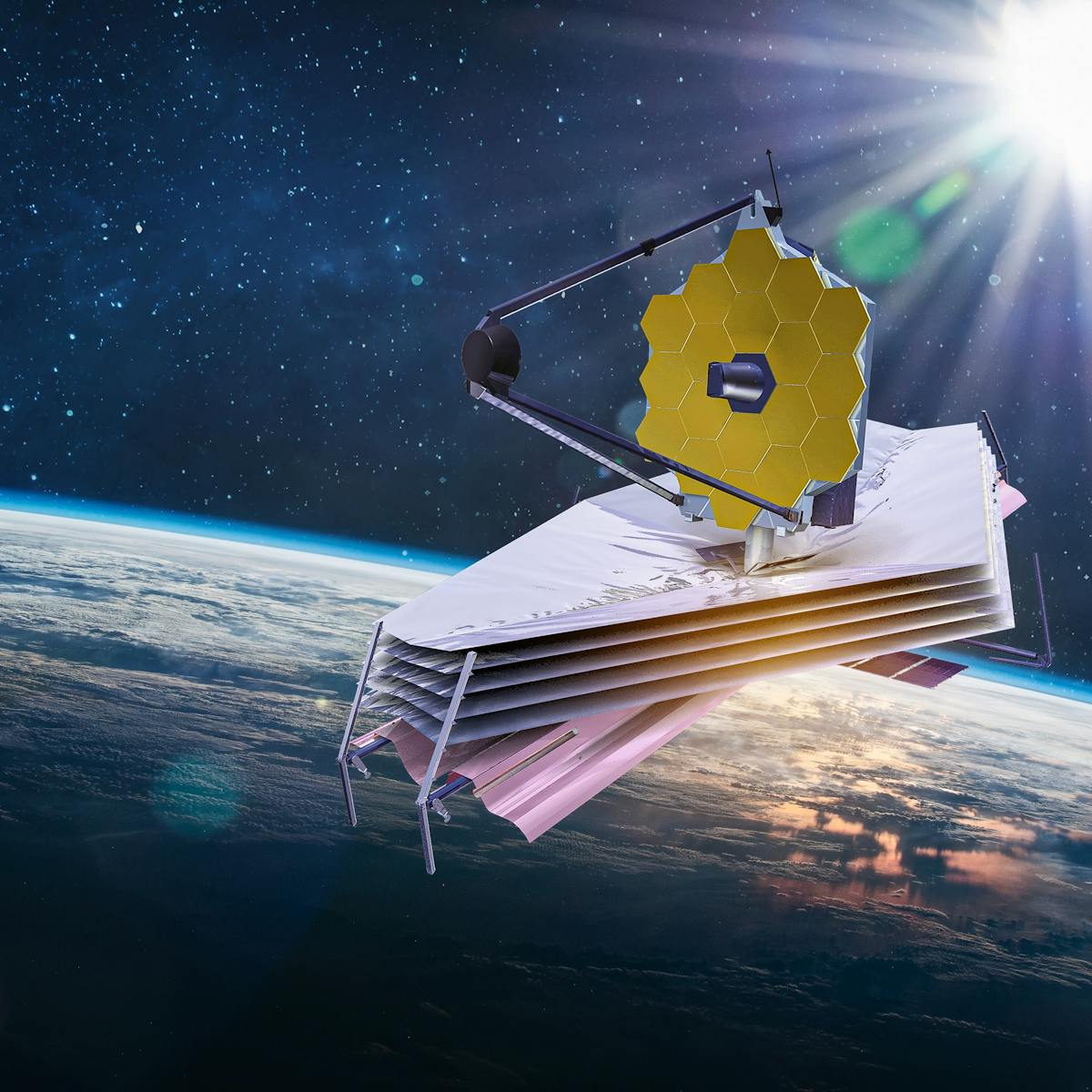The James Webb Telescope achieves an unprecedented milestone

Discover groundbreaking findings as the James Webb Telescope reaches new unprecedented heights in its latest milestone, unveiling remarkable insights into the mysteries of the universe.
Discovery by James Webb

Astrophysicists led by the University of Maryland, USA, have successfully detected, for the first time, the outgassing of water in a comet orbiting within the main asteroid belt. This achievement was made possible through the James Webb Space Telescope (JWST) after fifteen years of attempts. The spectroscopic detection of water was performed on Comet Read, which has a circular orbit between Mars and Jupiter.
This rare subclass of comets releases blurry, icy material, which astronomers believe is produced through sublimation (the direct transition of ice into gas). However, until now, only expelled dust had been detected, despite numerous attempts to detect escaping gases that should also accompany its activity. Unlike most comets that spend a significant portion of their time in the cold outer solar system with elongated orbits, these comets in the inner solar system are not expected to have much ice due to their warmer location.
"Since the discovery of main-belt comets, we have gathered a substantial amount of evidence that their activity is driven by sublimation, but until now, it had all been indirect. This new result from the JWST represents the first direct evidence of sublimation in the form of water outgassing, or outgassing of any kind, in a main-belt comet, following studies dating back to 2008," explained Henry Hsieh, who is a co-author of the study.
"Due to the presence of water ice, which is an important component of the volatile material that typically drives activity in 'classic' comets of the outer solar system, its unexpected presence in main-belt asteroids, given their proximity to the Sun, has always raised some doubts about whether the activity of main-belt comets is caused by water ice sublimation or some other process that does not involve ice, such as impacts or material ejected into space by rapidly rotating asteroids," Hsieh pointed out.

The researchers discovered that Comet Read, and possibly others within the main asteroid belt, have a fundamentally different chemical composition compared to other similar bodies. Specifically, they determined that these comets have a significantly lower amount of carbon dioxide, a common component in comet outgassing, relative to the amount of water found in them.
"The presence of water in main-belt comets is important because these asteroids have been considered a potential source of water for Earth in the early solar system, and these comets today provide an opportunity to test this hypothesis. However, this only works if they indeed contain water ice," analyzed Hsieh.
"The confirmation of water outgassing in at least one main-belt comet confirms that learning about the origin of Earth's water from main-belt comets is a viable possibility," he assured.
The team used the JWST to observe Comet Read shortly after its approach to the Sun, when stronger outgassing was expected. They captured images and performed spectroscopic observations at near-infrared wavelengths to search for spectroscopic features characteristic of water vapor and other common gases produced by cometary sublimation. The results were published in Nature on Monday.
Deja una respuesta

IMPRESCINDIBLES DE LA SEMANA